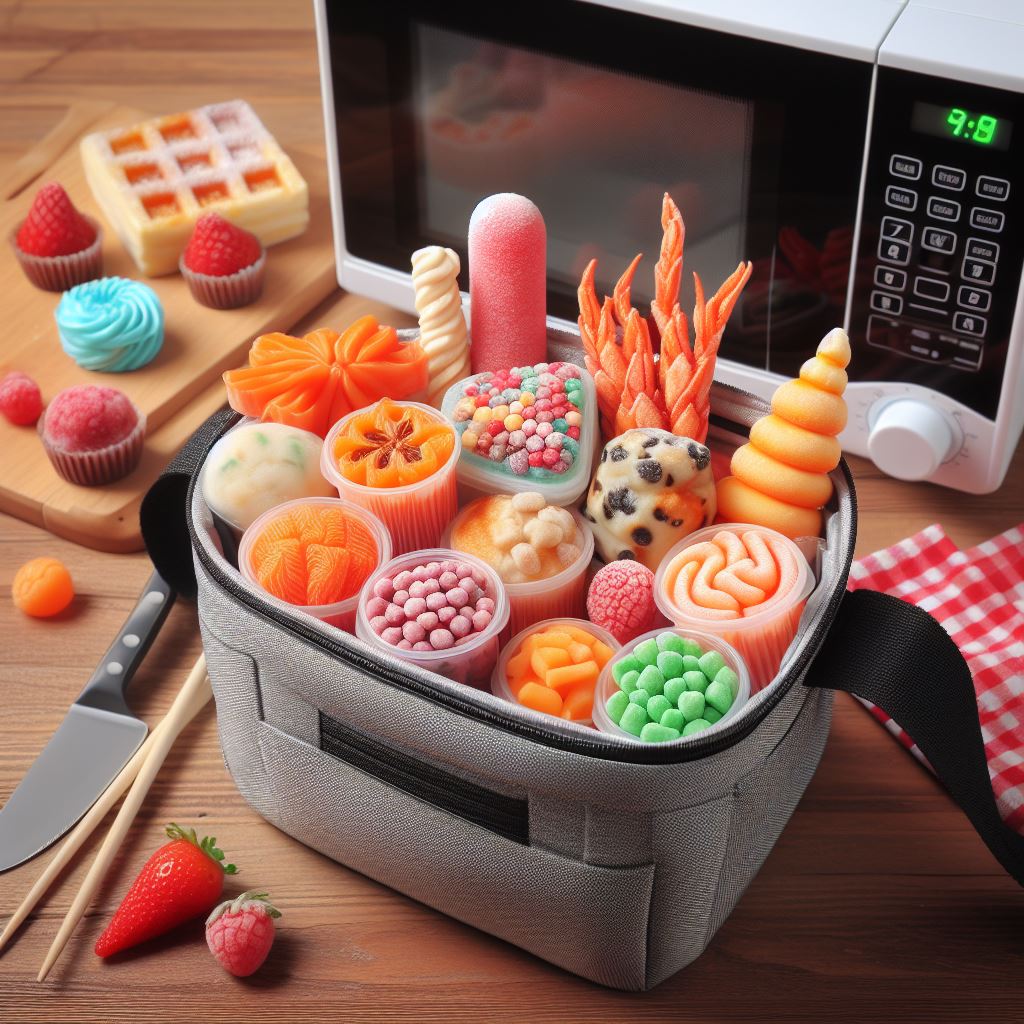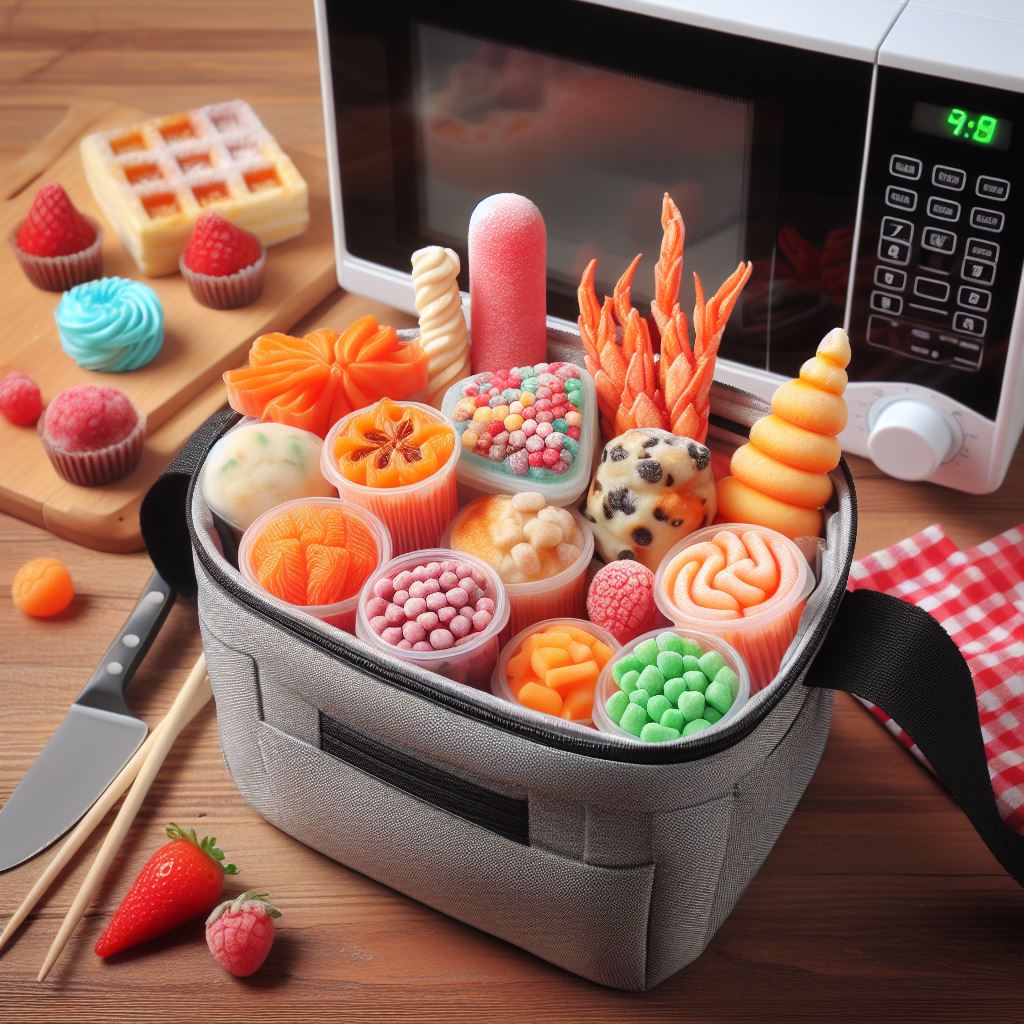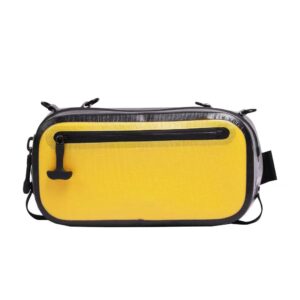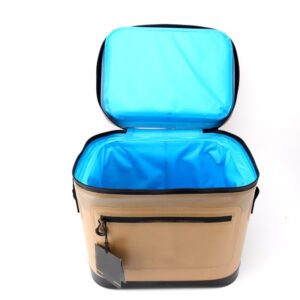In today’s fast-paced life, we often need to carry food with us for on-the-go consumption. Many people wonder if cooler bags can keep food warm—a topic that has garnered much attention and some controversy. Questions like whether cooler bags are suitable for hot food or if placing cooked noodles or toast in a cooler bag will damage the food are commonly heard. Some claim to have used cooler bags to deliver a dish of baked pasta and this method indeed kept the food warm. The various answers leave us both puzzled and curious about whether cooler bags can truly maintain the temperature of food. Let’s delve into this matter.
Firstly, I want to emphatically state that cooler bags can indeed keep food warm. This is because cooler bags possess unique materials and a three-layer insulated structure that isolates the internal and external temperatures. Whether in the cold winter or hot summer, cooler bags can provide an ideal constant temperature for the food inside, ensuring its warmth. Whether for outdoor camping, outings, or office meals, cooler bags can be used for insulation. However, using a cooler bag to keep food warm requires some techniques. Here are five points to keep in mind.

Temperature Requirements
When using a cooler bag for food insulation, the temperature of the food should not be too high. Generally, food with a temperature lower than 80 degrees is suitable for placing in a cooler bag. Cooler bags are typically made of materials like TPU, and excessively high temperatures can damage the bag’s material. Additionally, certain cooler bags, especially those made of aluminum foil, may produce harmful substances at high temperatures, affecting the health and safety of the food.
Wrap Towels Around Food Containers
This is to prevent the container from reaching too high a temperature and directly contacting the cooler bag, which could damage the bag’s surface. Wrapping the container with a towel can also reduce heat dissipation to some extent, helping to maintain the temperature for a longer time. Moreover, wrapping with a towel can reduce the gap between the container and the cooler bag, minimizing the risk of food spills.

Pay Attention to Cleaning
Cooler bags, serving as sealed containers, become a warm and humid environment when used to maintain food temperature. Neglecting proper cleaning can lead to the growth of bacteria, resulting in unpleasant odors and affecting the dining experience. Furthermore, it may compromise food safety and impact overall health.
Categorize Food Placement
In a cooler bag, different foods should not be mixed, especially avoiding submerging food in soup, as this can lead to food spoilage. The best practice is to use separate packaging containers for different foods to facilitate the individual preservation of freshness and flavors.

Time Requirements
If placing hot food in a cooler bag, it’s advisable not to exceed 6 hours, as longer durations can lead to food spoilage. For those with longer warm food preservation needs, the best approach is to cool the food first before placing it in the cooler bag for storage at a lower temperature. Heat it thoroughly using a microwave or other cooking tools before consumption for a healthier option.
Conclusion
In summary, cooler bags offer significant advantages in food insulation, bringing convenience to our lives. When selecting and customizing cooler bags, users should pay attention to various considerations when using them for food insulation and understand the insulation requirements of different foods. This way, cooler bags can be fully utilized to bring convenience, deliciousness, and health to our lives.






